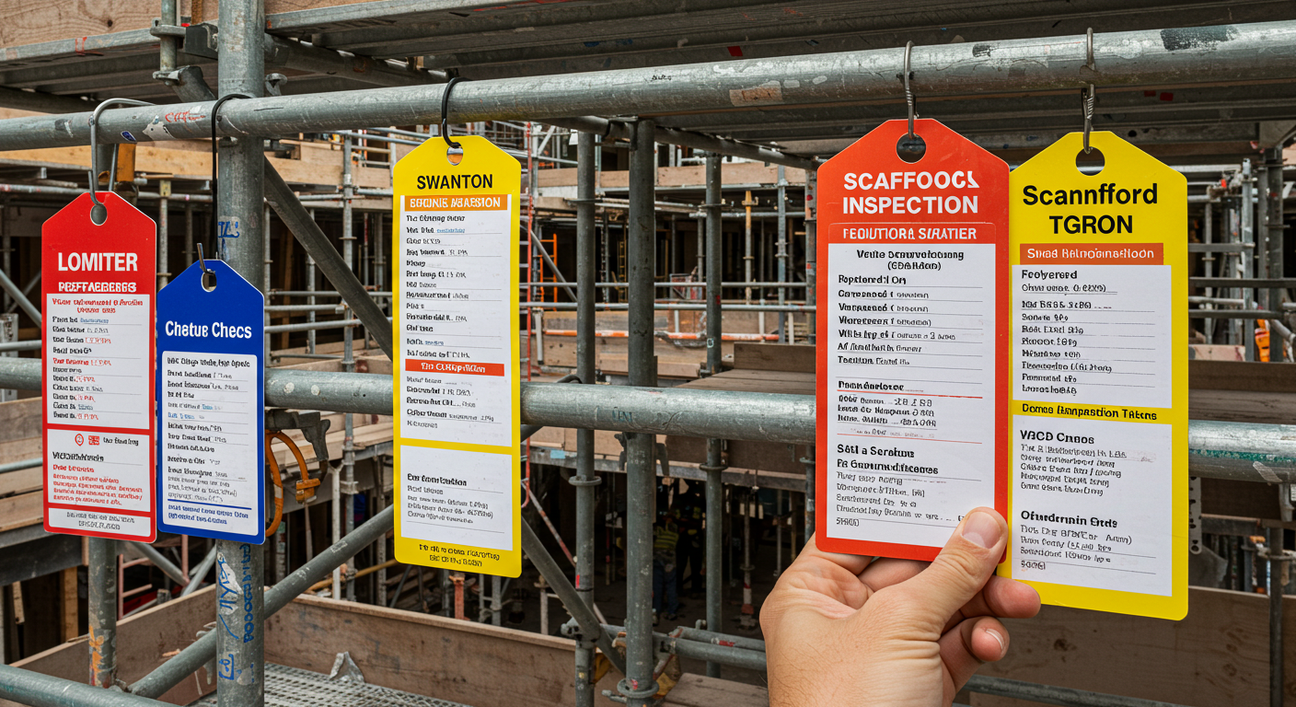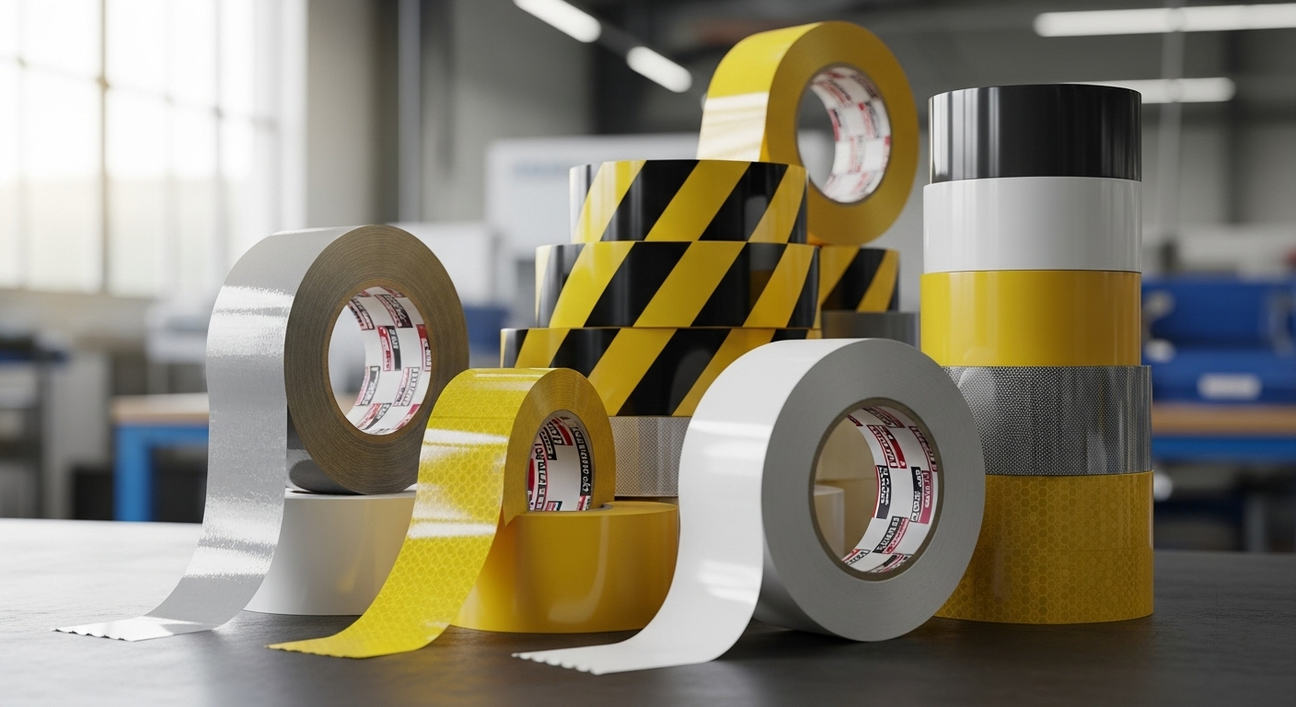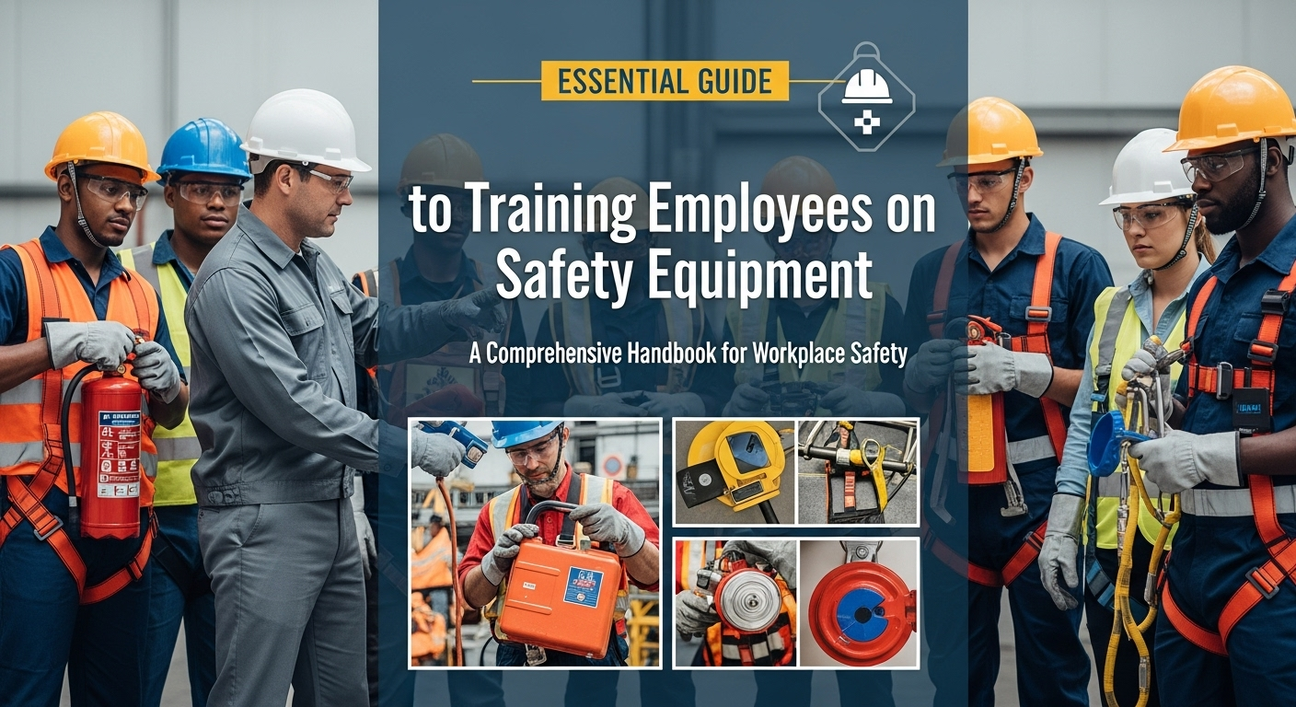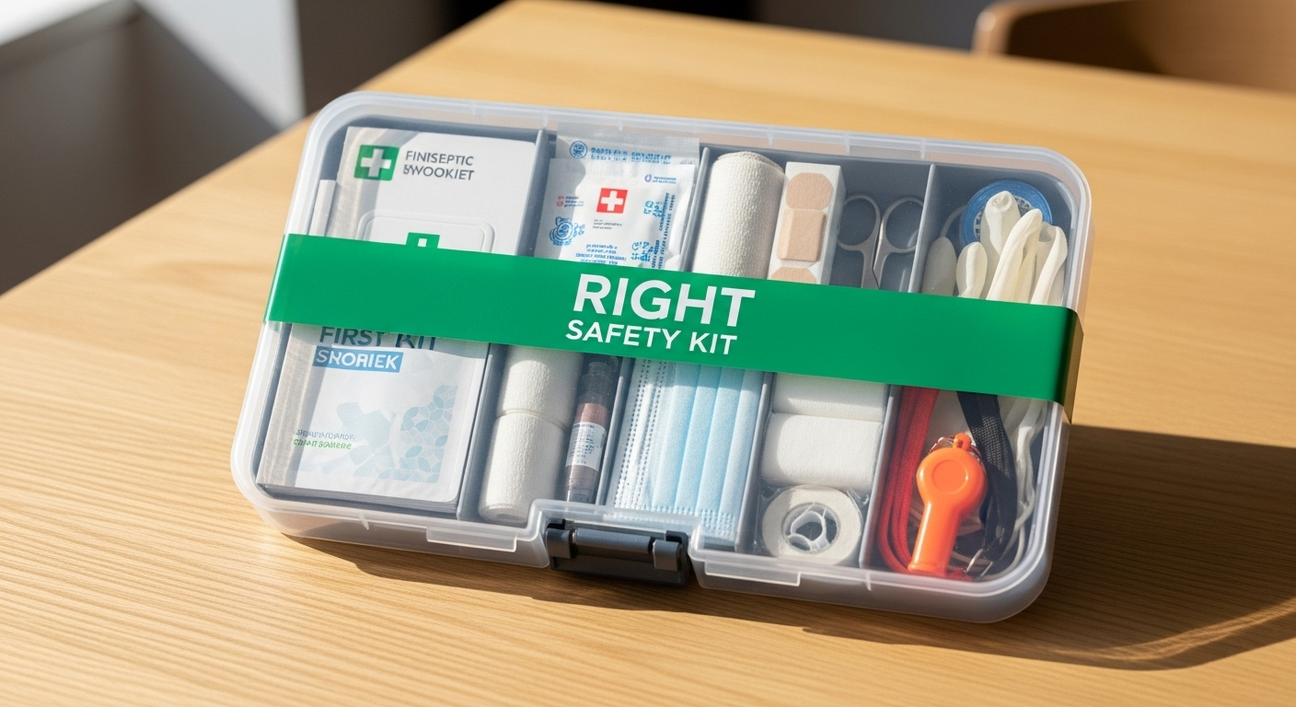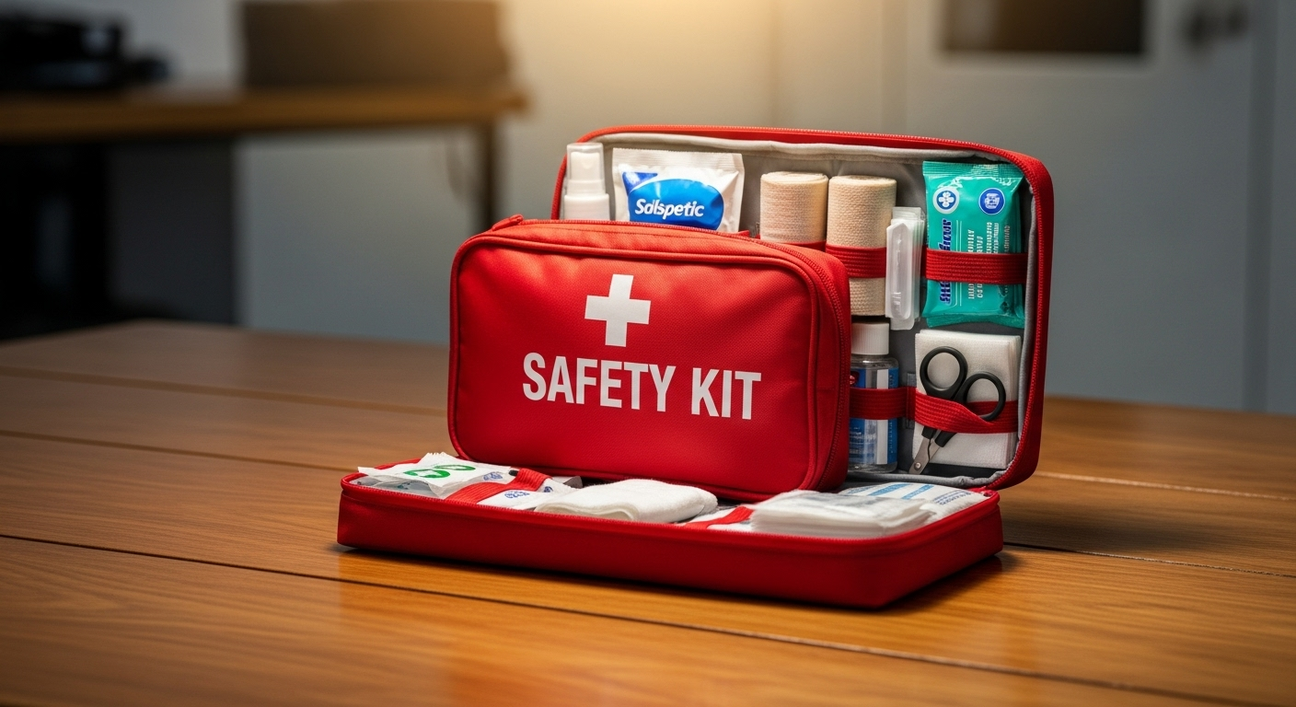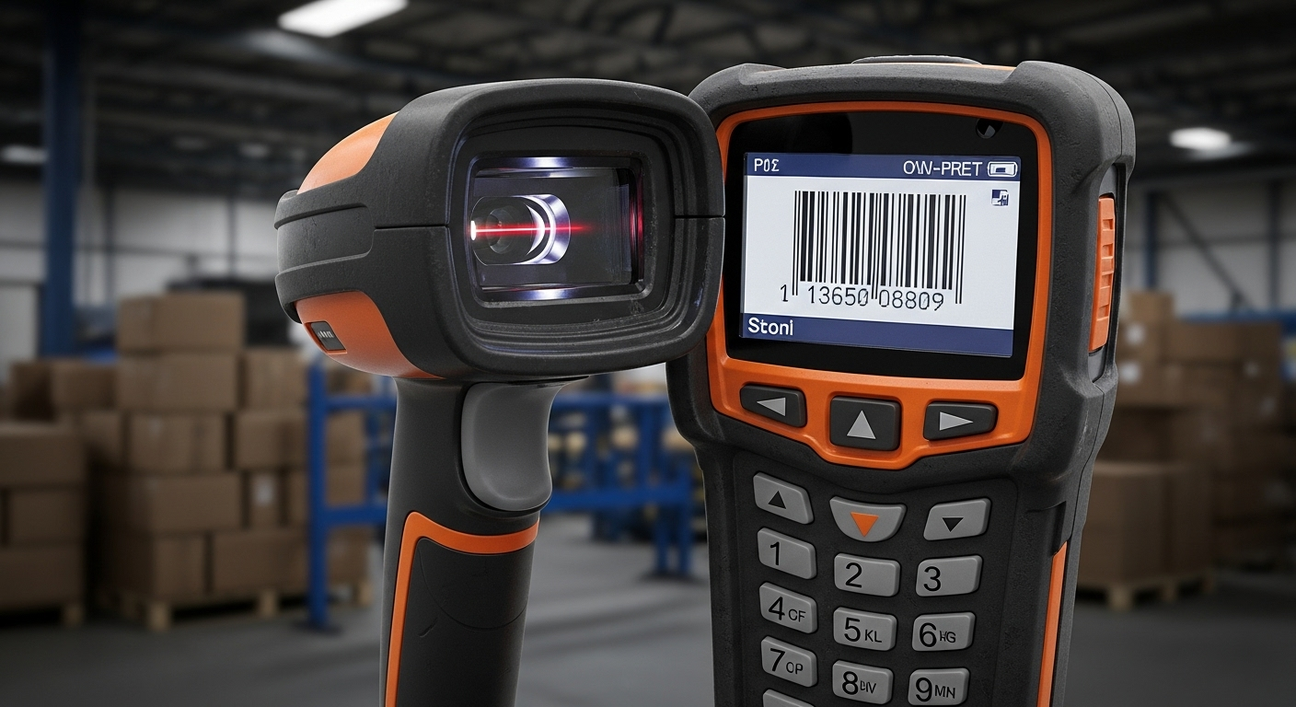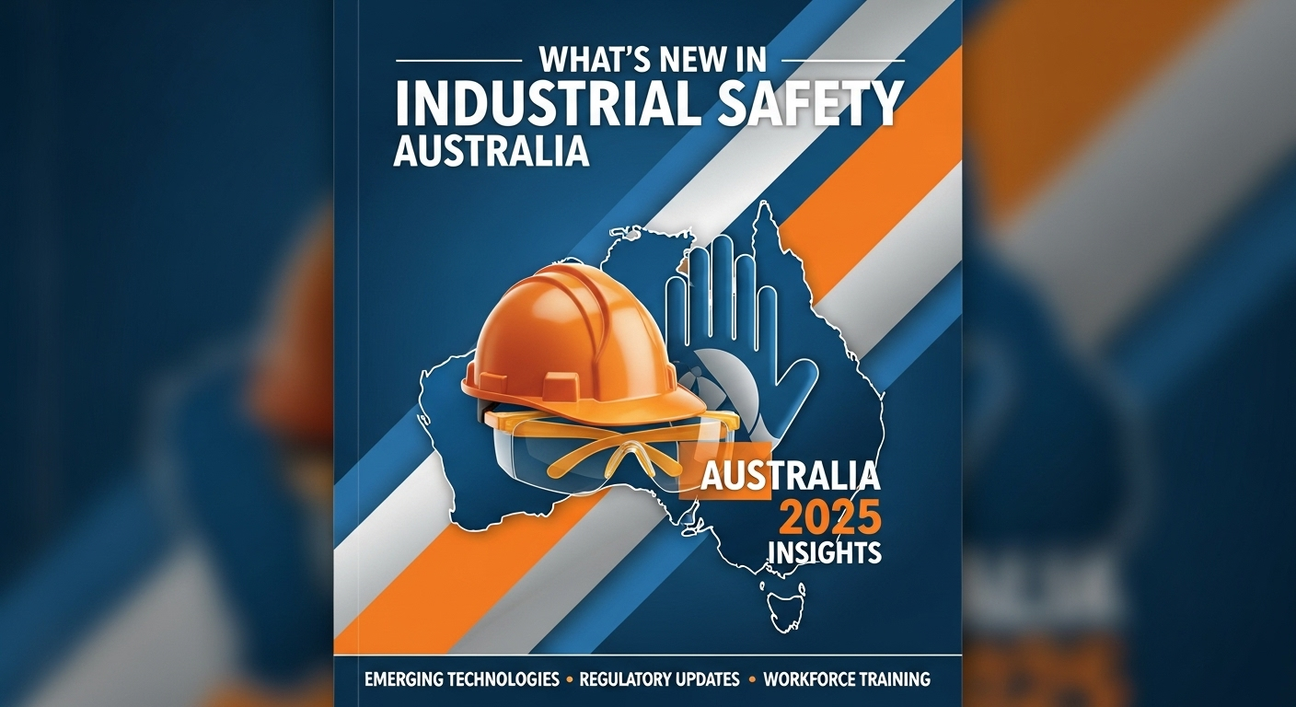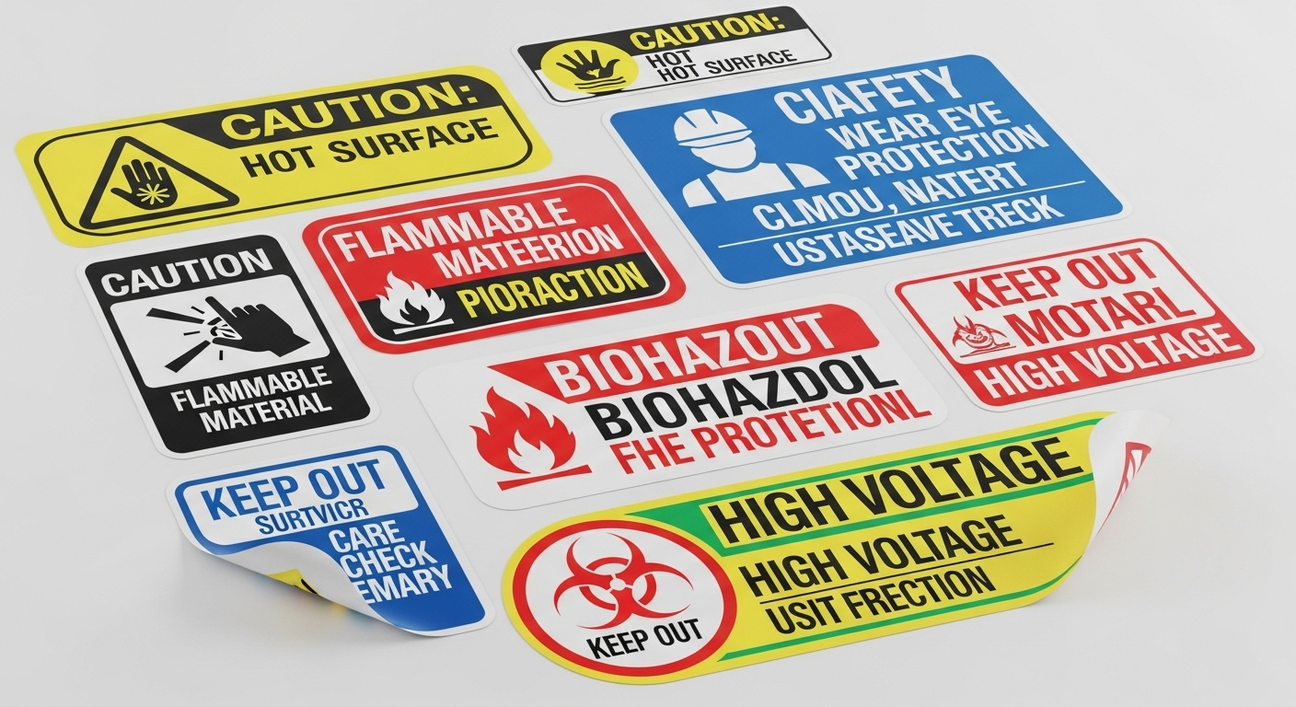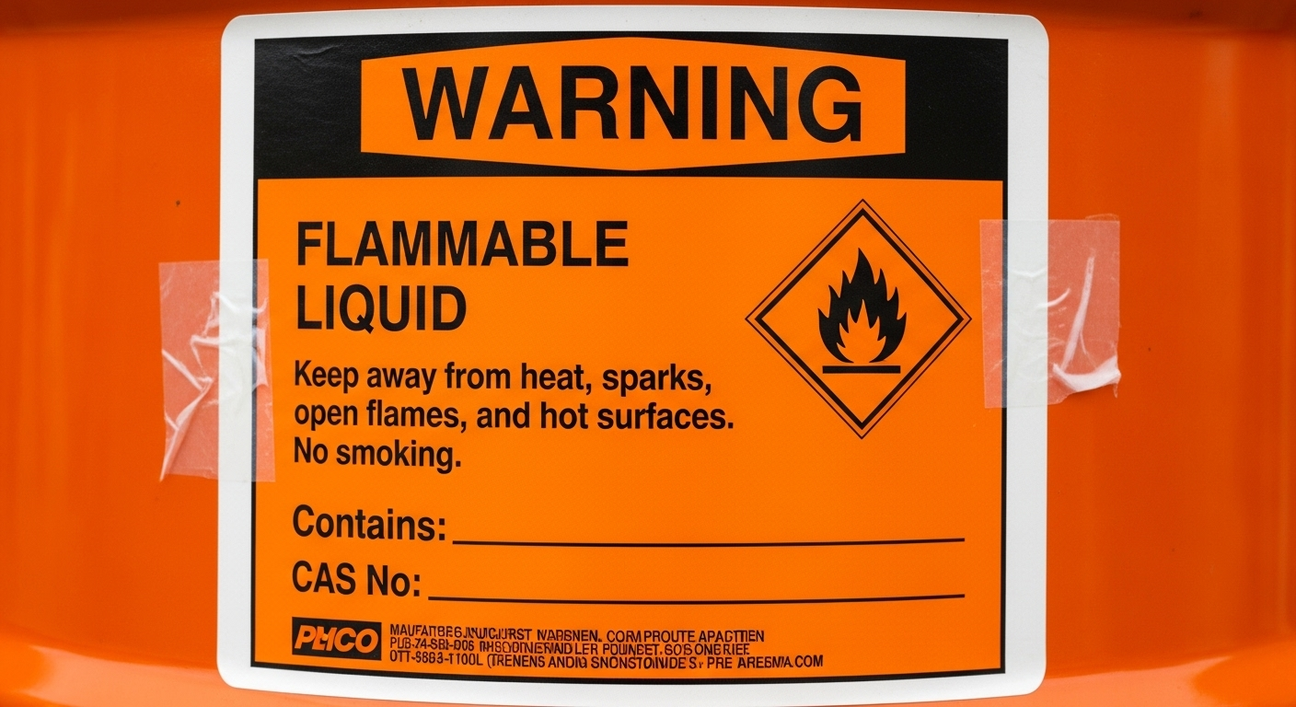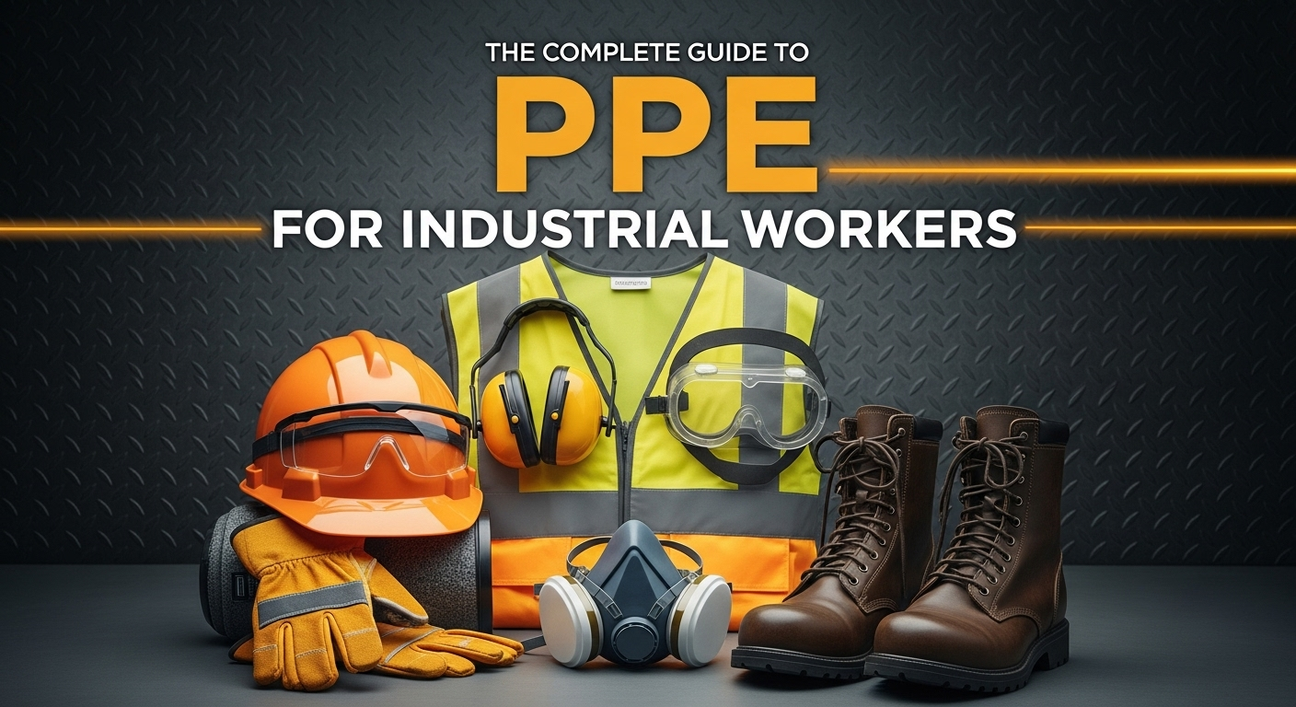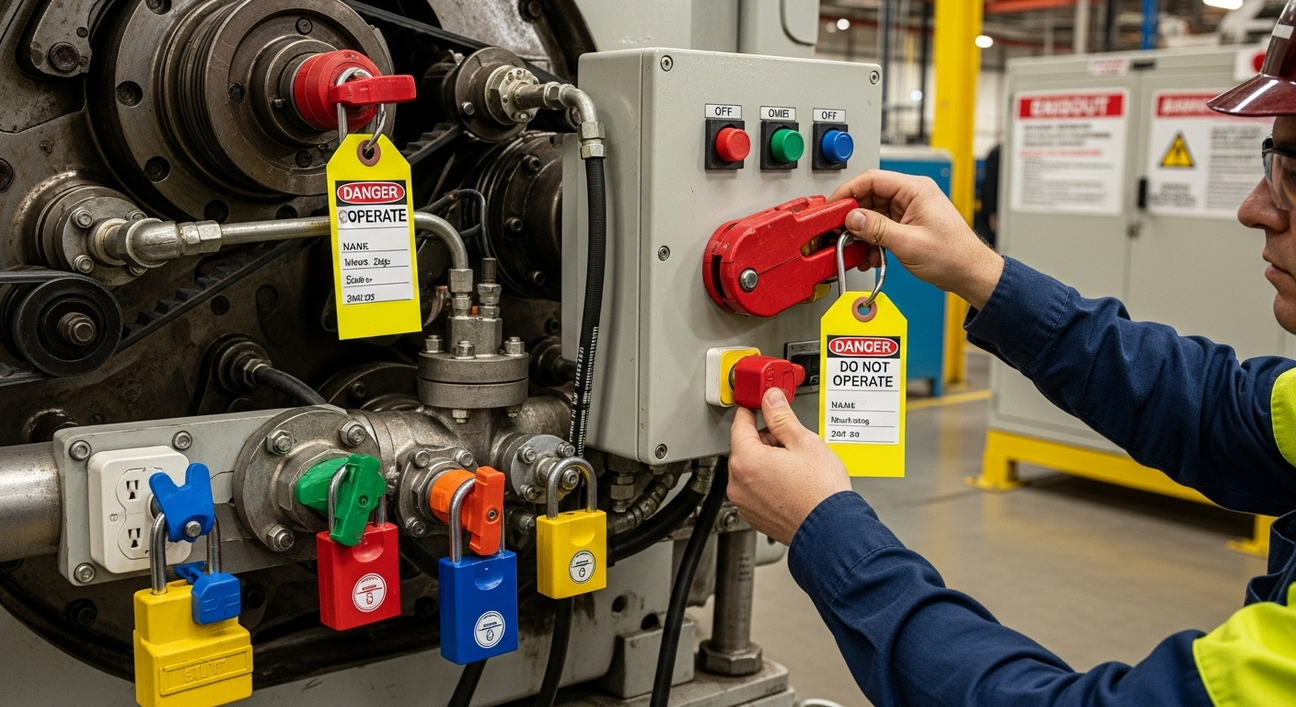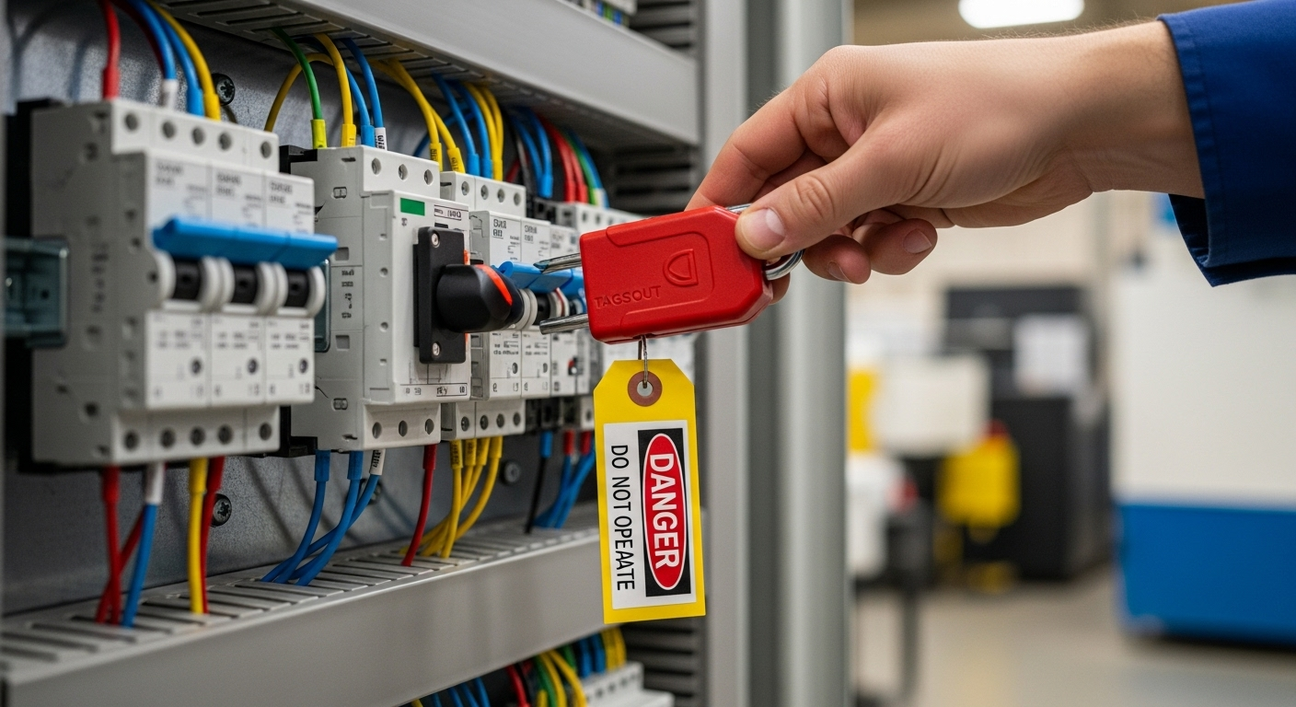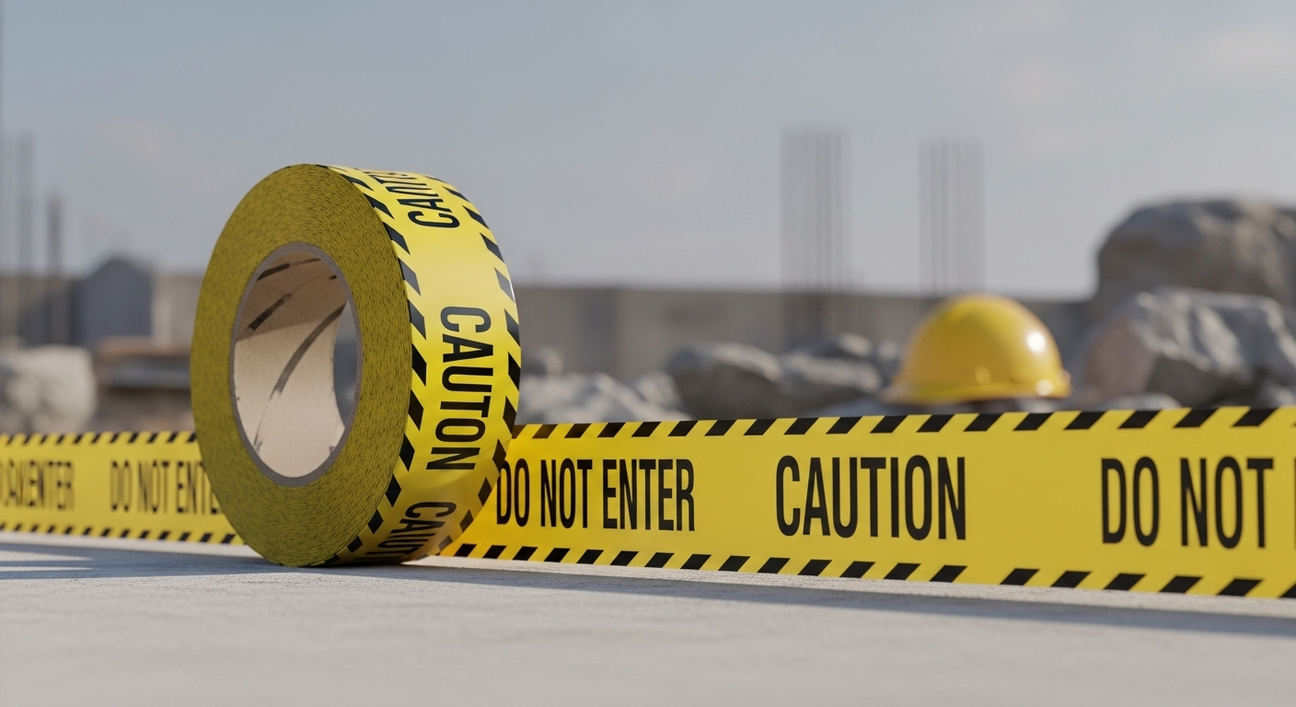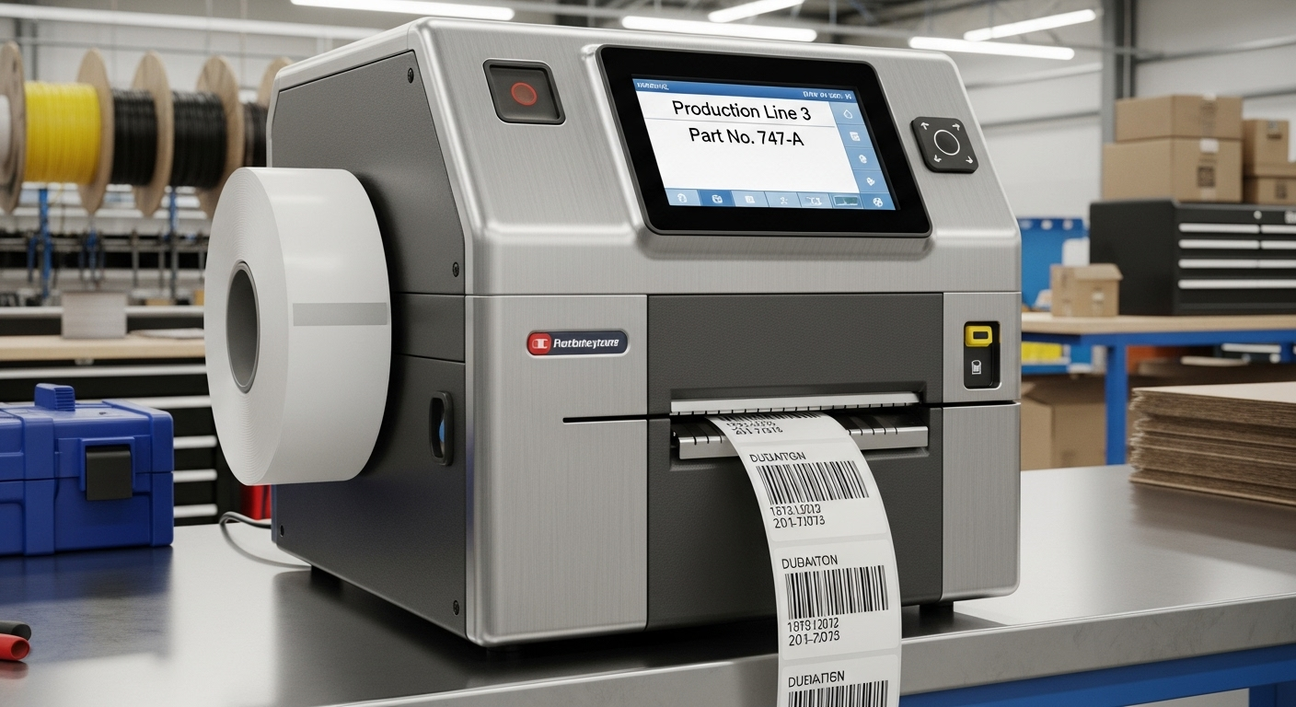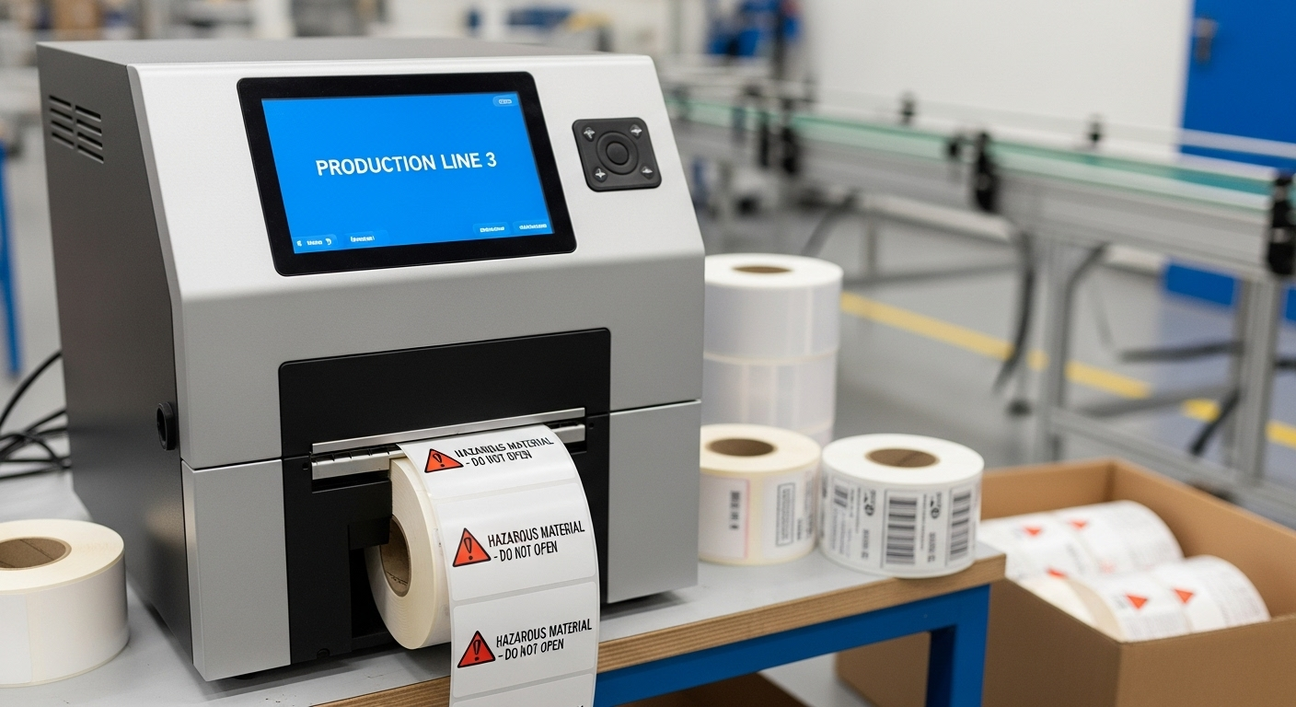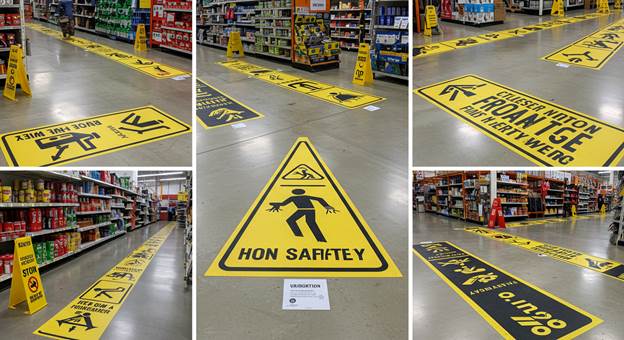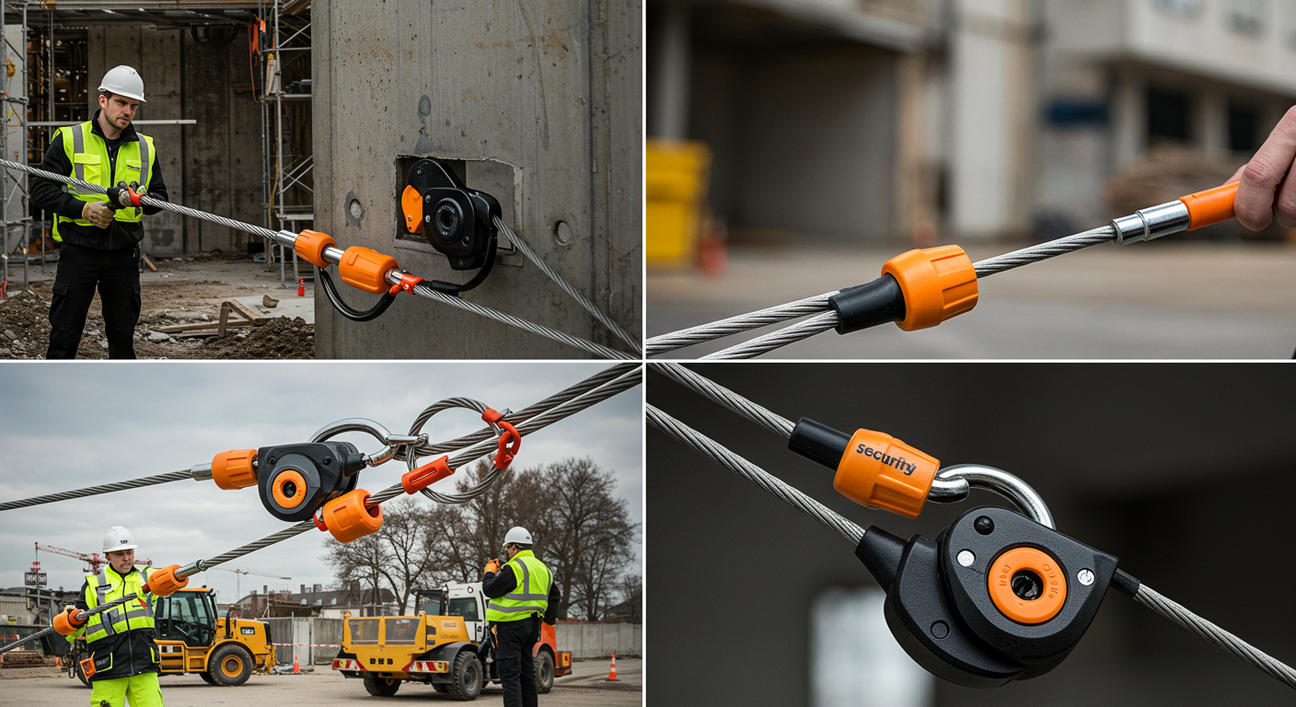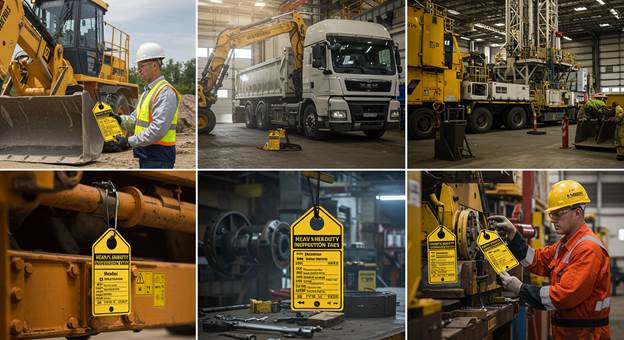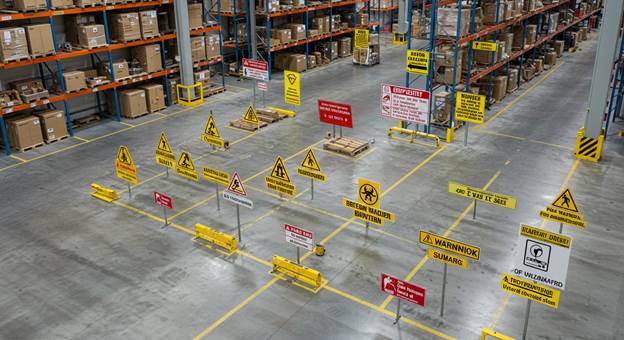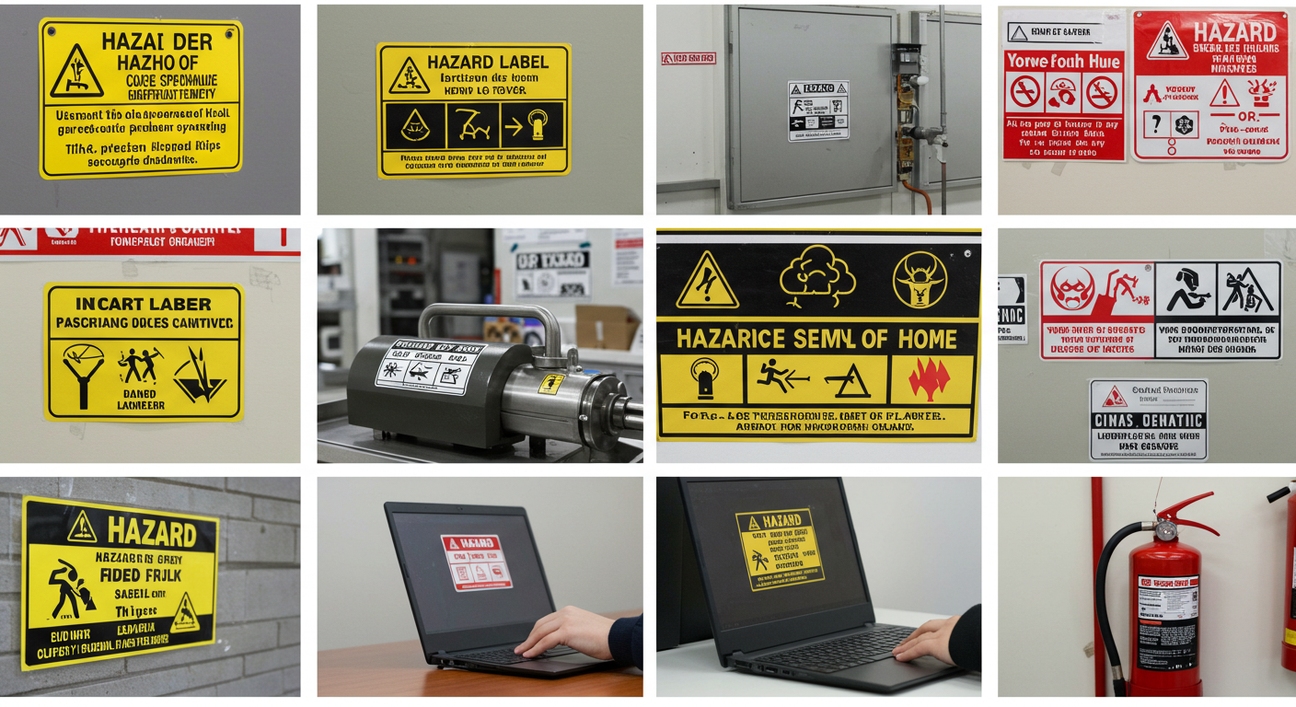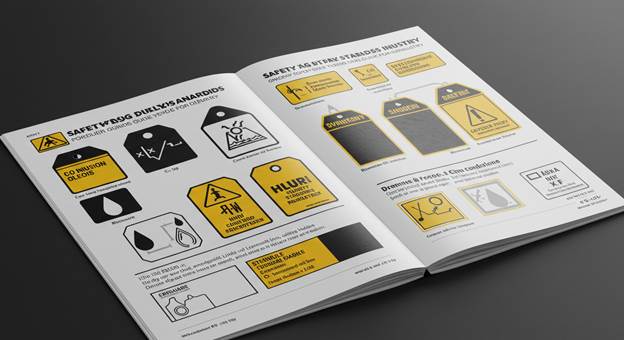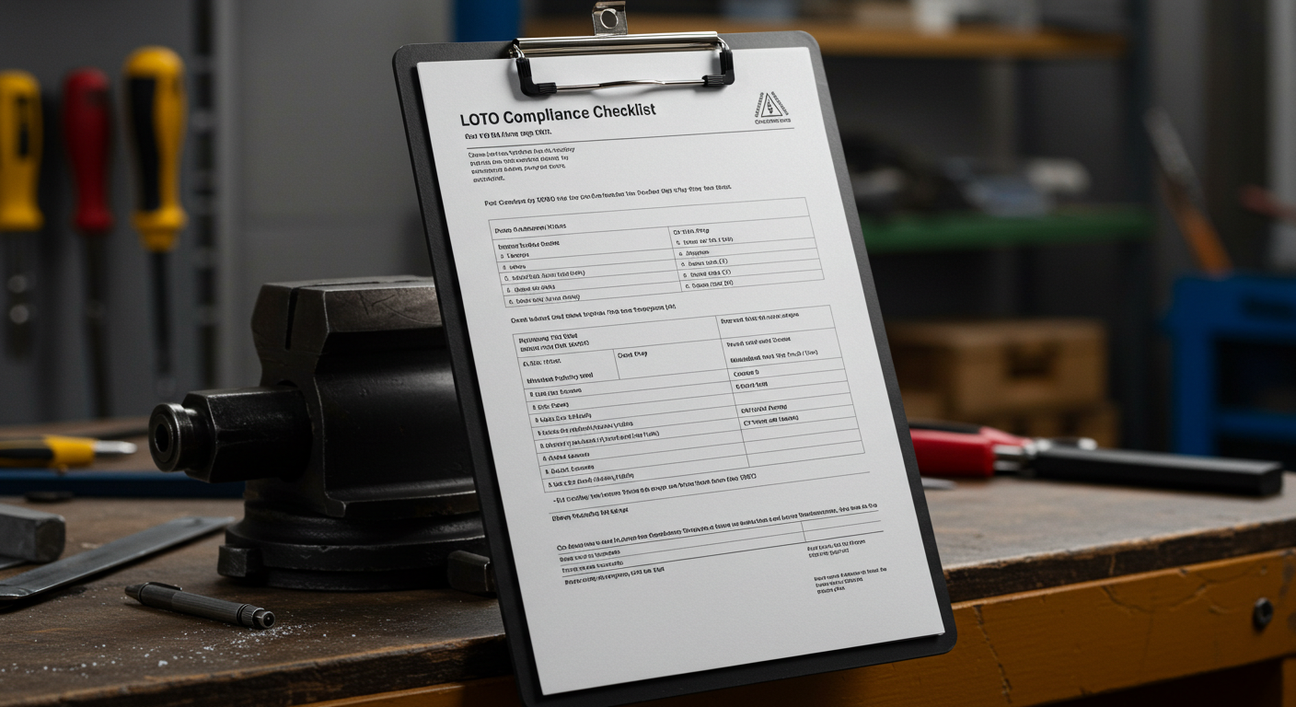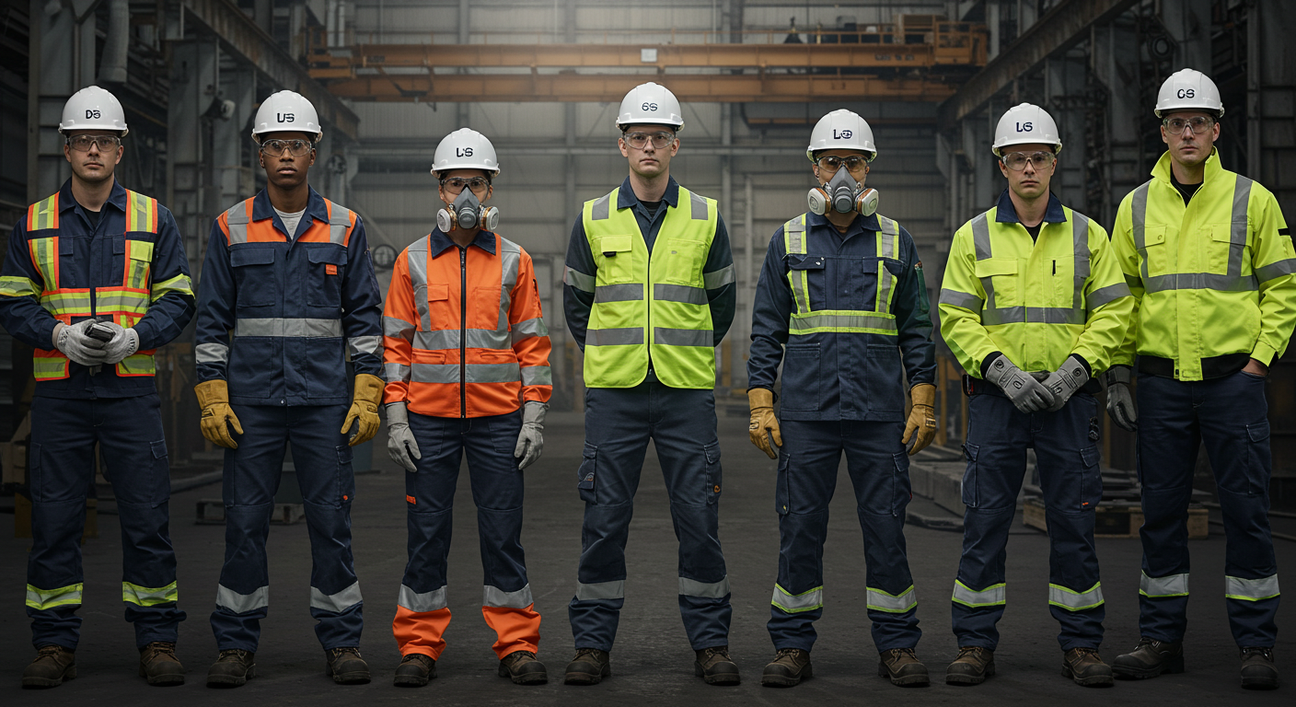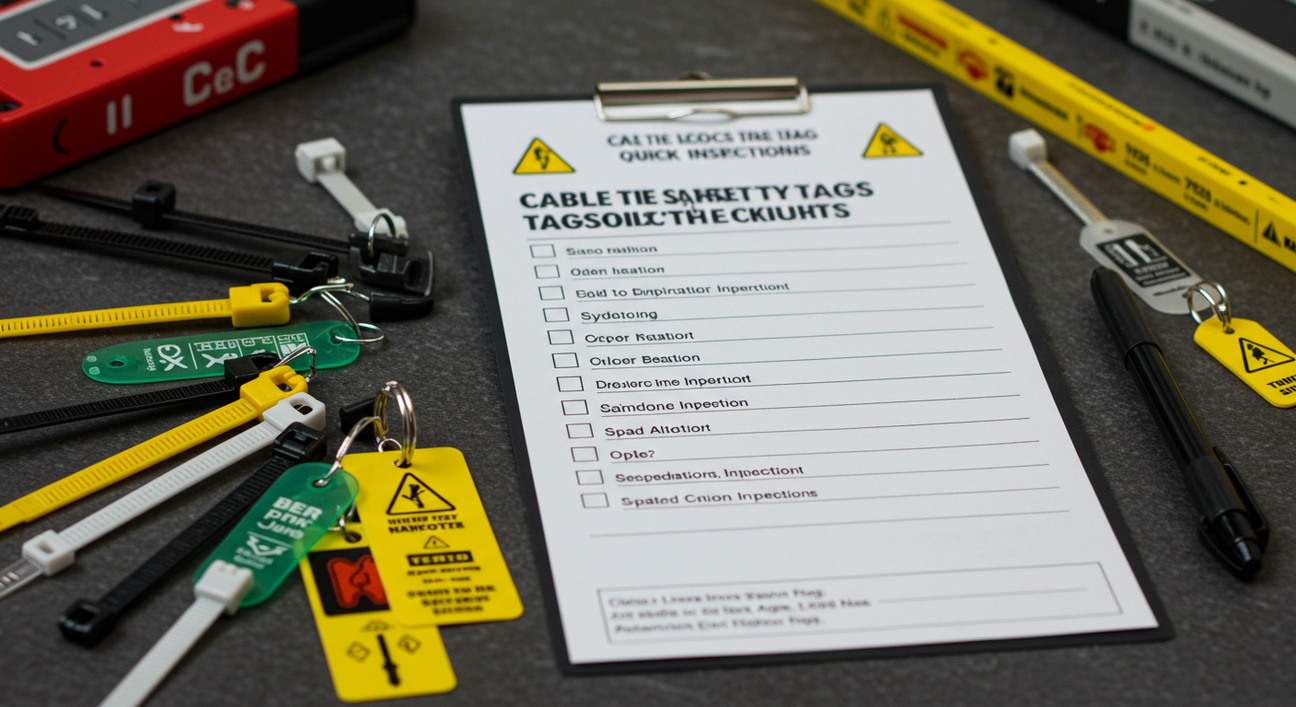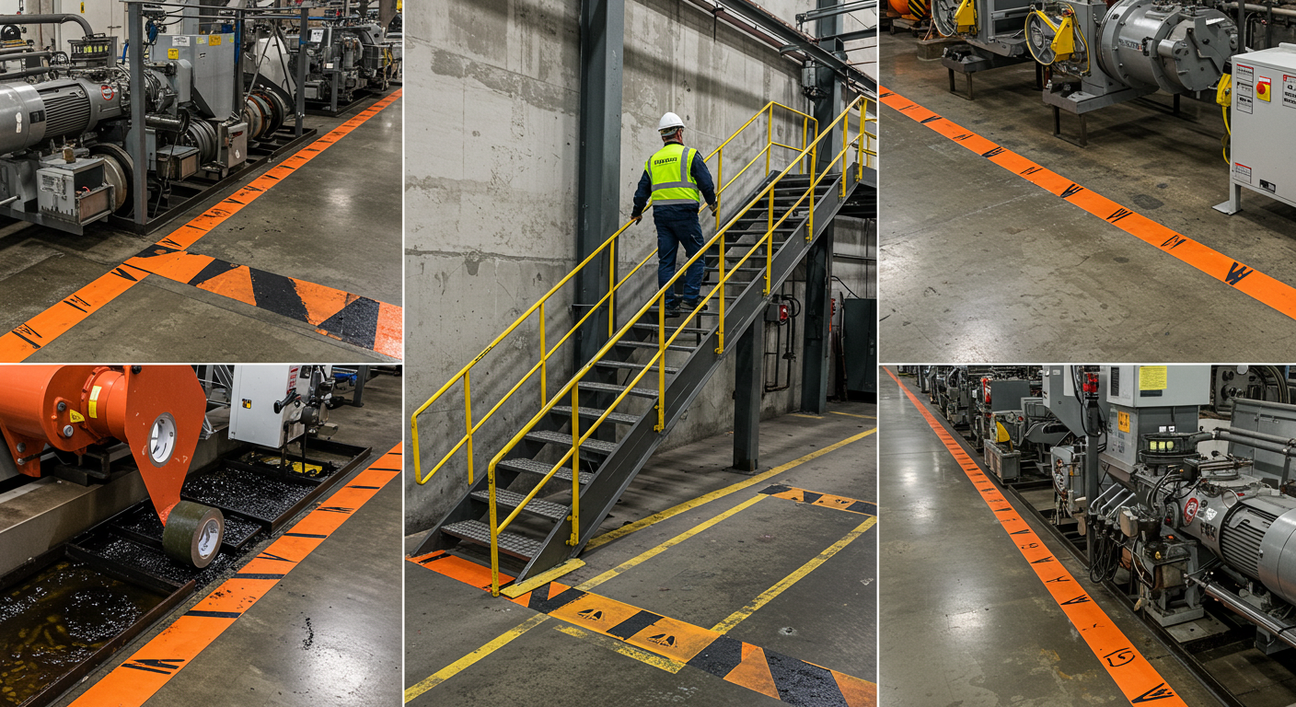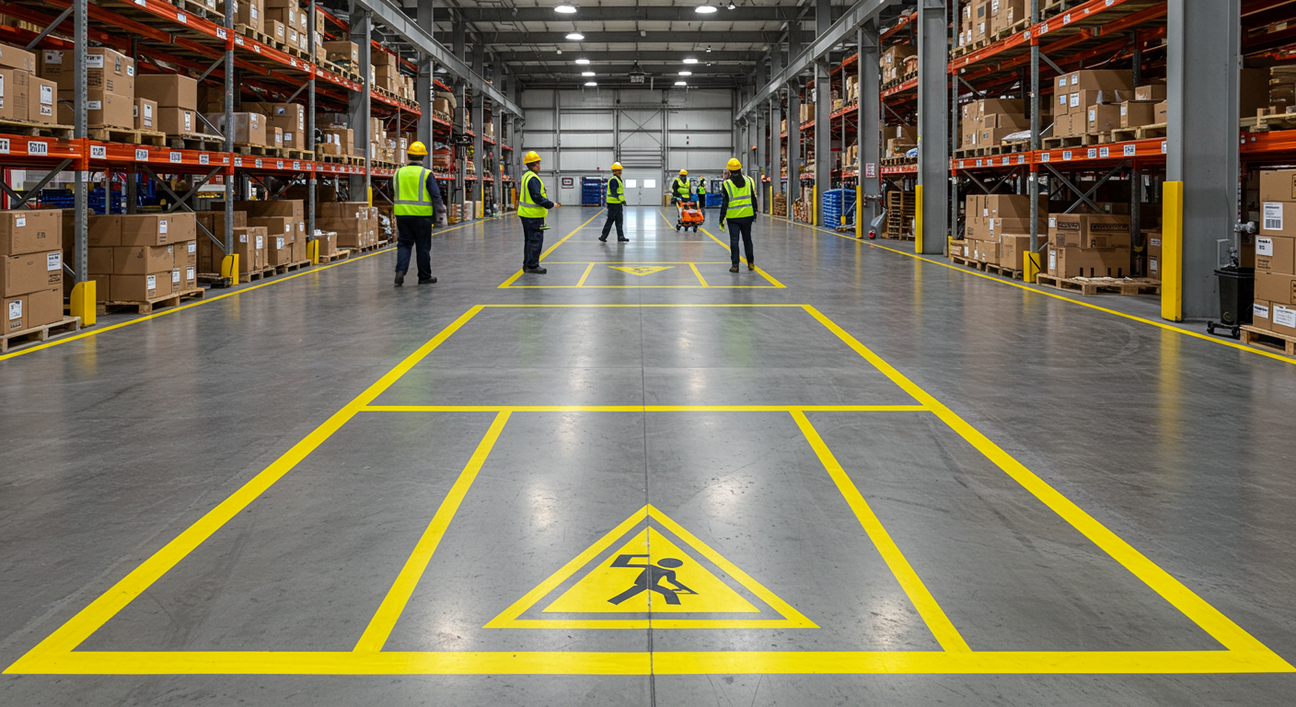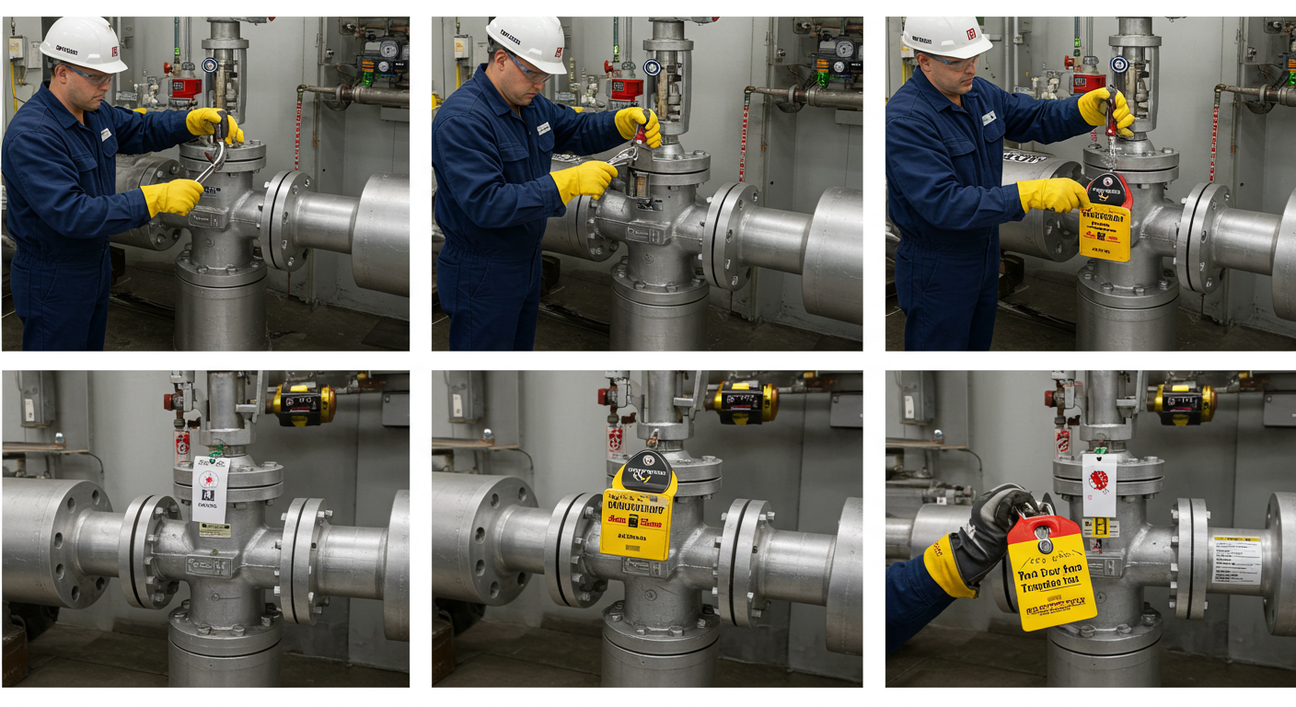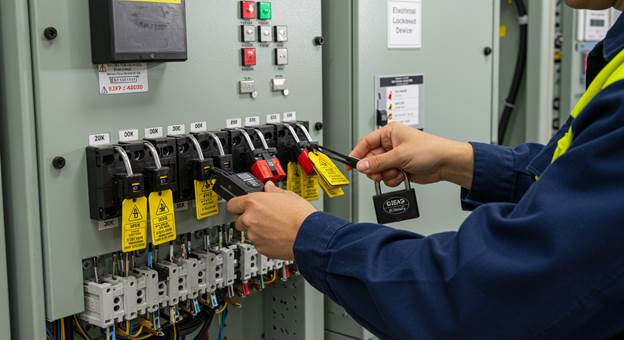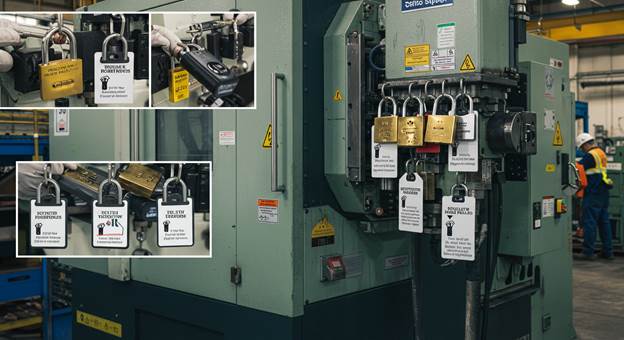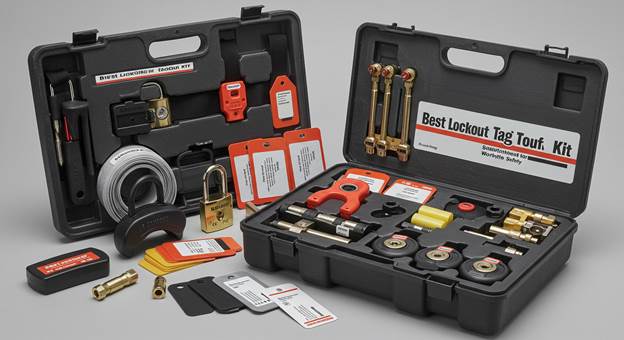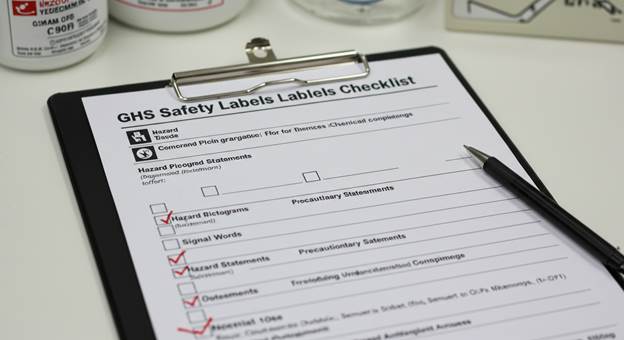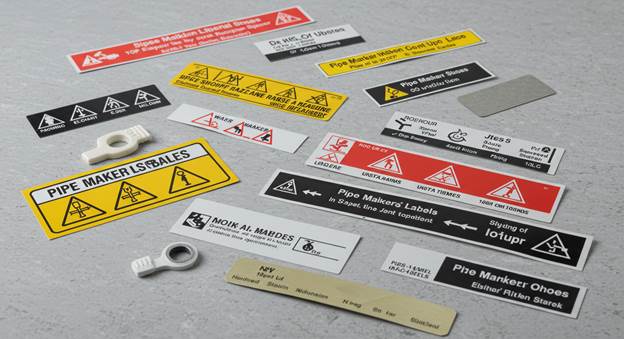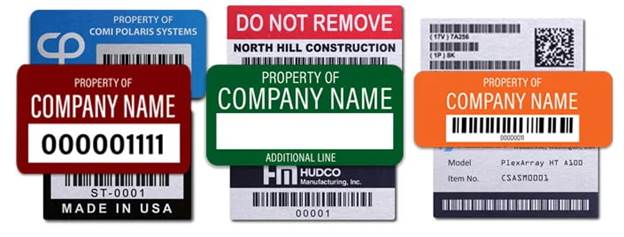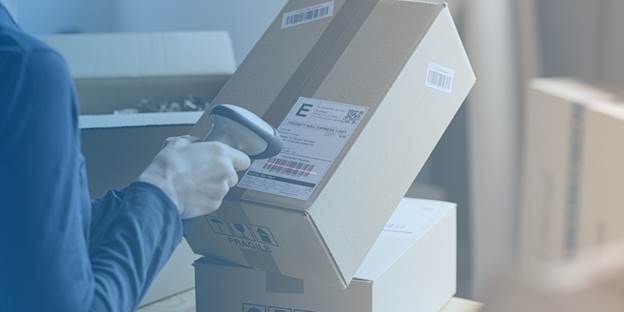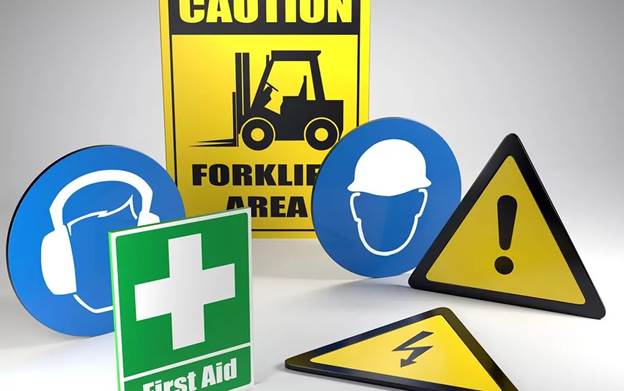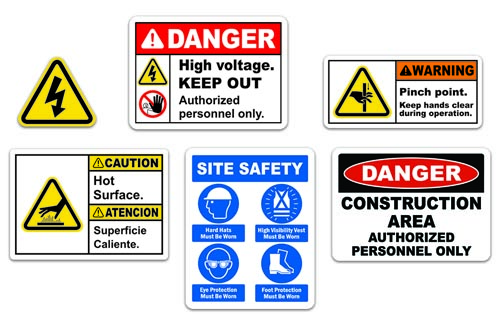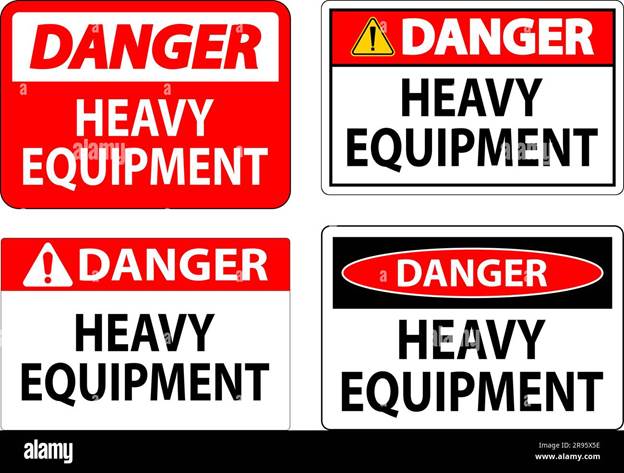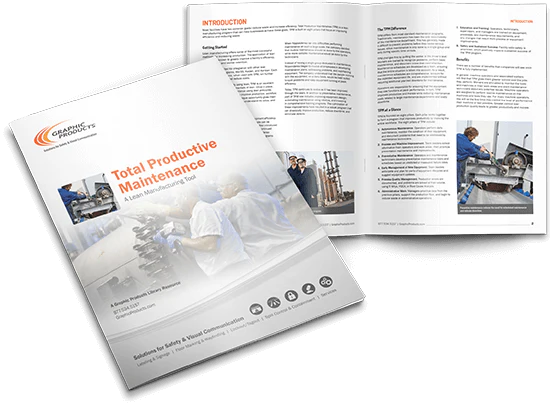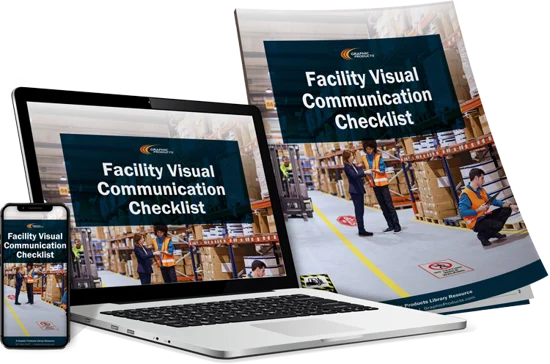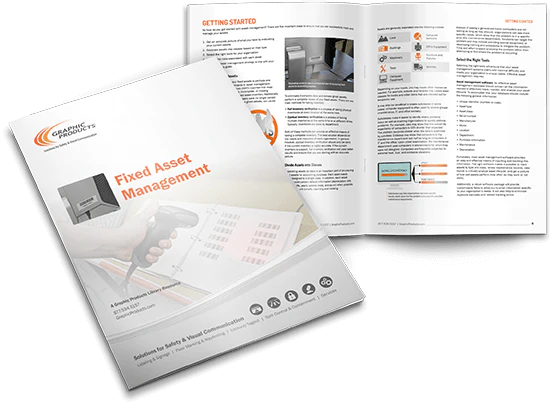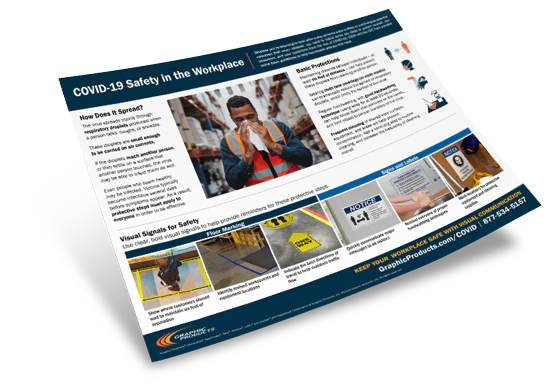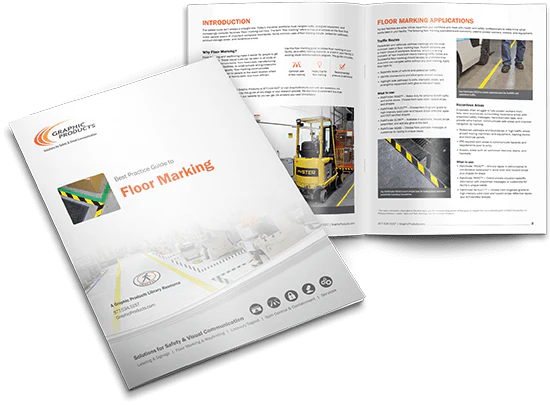Scaffold Inspection Tags Usage for Safer Sites
Introduction: Why Scaffold Safety Can’t Be Overlooked
Building or maintaining scaffold systems is essential on many Australian job sites, but it's also one of the riskiest tasks if safety isn’t prioritized. That’s why using scaffold tags daily isn’t just a procedural hoop—it saves lives. These tags let teams identify unsafe conditions before anyone climbs up.
Industry leader Archford supplies comprehensive tagging accessories and support so your site can meet both safety and compliance goals effortlessly.
What Are Scaffold Inspection Tags?
Also known as scaffold safety tag, these are heavy-duty labels attached to scaffold structures. They communicate whether the scaffold has been inspected, when the next check is due, and whether it's safe to use. Clear, visible, and standardized, these tags ensure no assumptions are made about scaffold integrity.
Understanding the Role of an Inspection Tag
An inspection tag provides proof that a qualified person has checked a scaffold and deemed it safe—or not—for use. These tags typically include fields for:
-
Inspection date
-
Inspector’s name
-
Scaffold ID or location
-
Signature and comments
They reduce confusion and ensure that anyone approaching the scaffold understands its status.
Color Codes That Save Lives: Green, Yellow, Red Tag System
Worksites often adopt a scaffold checklist that ends with a color-coded status:
-
Green – Fully safe
-
Yellow – Use with caution or limited access
-
Red – Unsafe, do not use
Combining the checklist with current tags creates clarity and reduces accidents. Archford's tags align with these universally recognized safety cues.
How to Use Scaffold Inspection Tags Correctly
For how to use scaffold inspection tags, follow this workflow:
-
Perform a scaffold checklist (planks, connections, guardrail integrity).
-
Choose the right tag based on pass/fail results.
-
Fill in all required tag fields clearly and legibly.
-
Attach the tag securely near access points.
-
Record the inspection in your site diary or digital log.
This simple process transforms standard practice into a consistent safety routine.
Why Scaffold Inspection Tags Matter
Why scaffold inspection tags matter? Because they make safety visible—and visible safety leads to accountable teams. They:
-
Encourage daily inspection habits
-
Prevent confused assumptions
-
Improve communication across teams
-
Support prosecution defence in case of incidents
Archford’s tagging solutions help cement this culture of care on your site.
Legal and Compliance Requirements in Australia
Under AS/NZS 1576 and WHS regulations, all scaffolds require a scaffold label to show inspection status before every use. Archford’s durable Safety Tags are designed to comply with Australian standards, ensuring your scaffold tag system remains audit-ready.
Step-by-Step Guide to Tagging Your Scaffold Safely
-
Perform your scaffold checklist
-
Choose the correct scaffold safety tag color
-
Update all inspection fields (date, ID, comments)
-
Secure the inspection tag near the entry point
-
Monitor expiry dates and change tags as needed
Using Archford’s ready-to-fit tags speeds up this workflow and reduces errors.
When to Replace or Update Your Scaffold Tags
Tags should be replaced when:
-
An inspection expires
-
A scaffold section is modified
-
Damage or wear makes the tag unreadable
-
Repairs are done or new components added
Timely replacement maintains clarity and reduces liability.
Common Mistakes and How to Avoid Them
Scaffold tagging often fails due to:
-
Leaving expired inspection tags
-
Forgetting to update scaffold labels after repairs
-
Mounting tags where they’re hidden or chained
-
Ignoring yellow tags that indicate risks
Combat mistakes by treating tagging as a crucial part of site protocol—and using durable tags from Archford.
Archford’s Role in Scaffold Tag Solutions
Archford offers a comprehensive range: laminated scaffold tags, quick-attach ties, and pre-printed forms for easy reference. Their products are designed for stress-free use in rain, dust, or rough handling.
Their expertise also helps you systematize inspections—making daily checks part of your site safety rhythm.
How to Choose the Right Safety Tags for Your Site
When selecting tags, ask yourself:
-
Are they tear-proof and weather-resistant?
-
Can I customize them with safety instructions or branding?
-
Do they include fields for your scaffold ID and inspection parameters?
-
How easy are they to attach or update?
Archford’s tags tick all those boxes and more.
Why Safety Tags Matter More Than You Think
Tags are more than signals—they build trust. Communicating scaffold safety through tags:
-
Shows care for worker wellbeing
-
Boosts morale and confidence
-
Promotes clear, daily accountability
-
Helps gain trust from inspectors and clients
A well-tagged scaffold sends a message that your site takes safety personally.
Top Labeling and Tagging Tips for Industrial Safety Compliance
|
Tips / Guide Summary |
|
|
Use ANSI/ASME color codes and arrows for clear pipe content and flow identification. |
|
|
Ensure all chemical containers follow GHS pictograms and signal words consistently. |
|
|
Place labels where they’re visible and durable; include signal words like DANGER/CAUTION. |
|
|
Follow Australian GHS standards using appropriate tags, labels, and SDS references. |
|
|
Choose rugged, weatherproof tags that meet ISO or OSHA requirements. |
|
|
Always update scaffold tags post-inspection; use color-coded tags for clarity. |
|
|
Best for mining, construction, and oil & gas where tags endure rough conditions. |
|
|
Tag cables in electrical panels, machinery, and HVAC systems to reduce misidentification. |
|
|
Use floor and wall signs for forklift lanes, exits, and hazard zones. |
|
|
Place near entrances, intersections, and blind spots to enhance worker alertness. |
Final Thoughts
Using scaffold inspection tags is more than ticking a box—it reflects your site’s safety values. Through consistent inspections, clear tags, and reliable tools from Archford, your team declares: “We see this. We protect this.”
That culture of care transforms behavior and keeps workers safer each day.
FAQs
Q1: How often should scaffold tags be updated?
Daily or when components are changed—whichever comes first.
Q2: Can we reuse damaged scaffold tags?
No—recycle damaged tags. Use new ones so inspection dates remain clear.
Q3: Are scaffold labels the same as tags?
Yes—archford’s scaffold tags include clear inspection and compliance details.
Q4: Who can inspect and apply scaffold tags?
Only a competent, trained person should complete the scaffold checklist and apply your safety tag.
Q5: Where can we buy Australian-compliant scaffold tags?
Visit Archford’s Safety Tags page to find high-quality, compliant options for your site.

